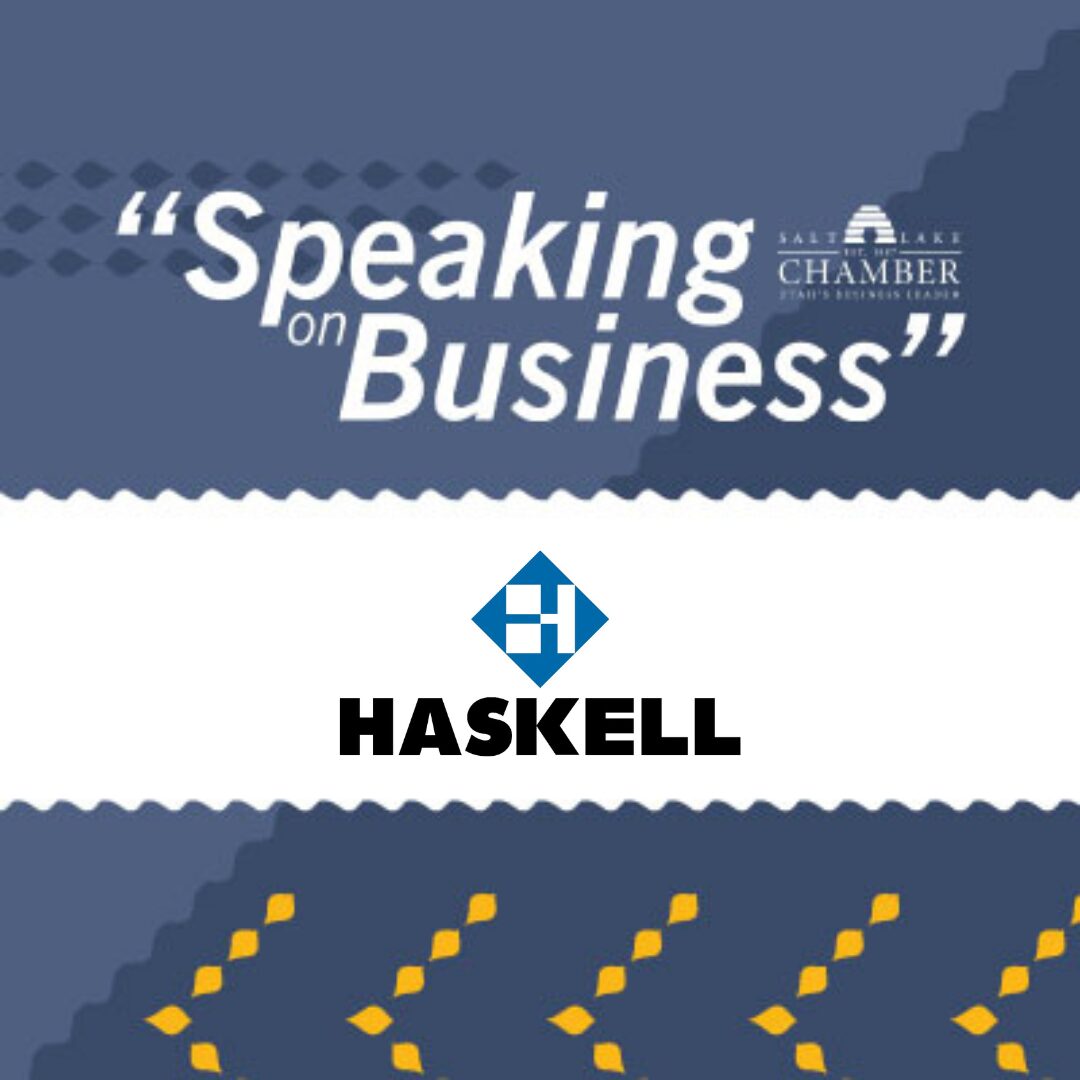As women in business, we’re often celebrated for our willingness to take on more — to be the reliable, “always-available” colleague. I’ve been there myself, balancing multiple roles: Vice President of Administration, HR leader and 5th-generation part-owner in a manufacturing company. Early in my career, I prided myself on being the go-to “yes person.” I thought saying “yes” to everything was the only way to be seen as capable and committed. As I moved up in organizations, however, I realized that overextending myself didn’t just hurt me and my mental health — it weakened my impact on my teams and my business.
Why Boundaries Matter in Leadership
Boundaries aren’t walls; they’re a framework for leading effectively. Through my HR experience in multiple industries, I’ve seen how leaders who model clear boundaries help their teams work smarter, not harder. When employees see a leader protecting their time and focus, they feel permission to do the same. Clear expectations about availability and priorities reduce confusion, prevent burnout and foster a culture of respect where leaders recognize that your job is not the only important part of your life. In practice, this can feel tricky, especially if you are more entry-level, and later in the article, we’ll discuss practical ways to set boundaries.
The Guilt Factor: Why “No” Feels Hard
For women, saying “no” often comes with guilt, and sometimes, some criticism. We worry about disappointing others, missing opportunities or being perceived as “difficult.” I’ve felt that firsthand, leading cross-department projects where every request seemed urgent. However, I’ve had to organize my time by top priorities, so I ensure that my teams and I are completing key responsibilities. Don’t see “no” as a rejection; it’s a strategy. Saying no to one thing opens the door to saying yes to the work that truly aligns with your goals and strengths. While some may criticize you for saying no to things that feel like their top priority, the consequences of not managing your time and your team’s responsibilities would be greater.
Practical Ways to Set Boundaries
Here are a few approaches that have helped me protect my time and energy without alienating others:
- Communicate proactively: Share your availability and limits before conflicts arise.
- Offer alternatives: If you’re unable to take on a task, suggest an alternative person or timeline.
- Lead by example: When your team sees you set boundaries thoughtfully, they feel empowered to do the same.
- Reach out for help: If you are an entry-level employee and feel you can’t say no to a request that’s too time-consuming, consult your manager on what to do next.
In manufacturing, where every role is critical, these strategies don’t just protect leaders — they protect the business. Teams perform better when leaders are clear about priorities and expectations.
The Ripple Effect
Boundaries strengthen trust, focus and productivity. They create space to say yes to the work that truly matters: the projects that drive results, the relationships that matter most and the initiatives that inspire you.
Setting boundaries isn’t a weakness; it’s a key skill of a leader. Saying no strategically allows you to lead with clarity, energy and impact. As women in business, embracing this skill strengthens our careers and sets a powerful example for the next generation of leaders.

About Madison Keyser Williams, Vice President of Administration, Utah Paperbox Company
Madison is the Vice President of Administration for Utah Paperbox Company. Utah Paperbox Company is a high end packaging firm that has been located in Utah for over 100 years.
Madison graduated from the University of Utah with a BS in Economics and Boston University with an MS in Project Management. In 2021, she obtained her SPHR certification. Madison enjoys living in Salt Lake City and exploring all that our mountains offer. She looks forward to getting to know her peers in the business community.
*Any reference obtained from this blog to a specific initiative, issue or topic does not constitute or imply an endorsement by the Salt Lake Chamber. The views and opinions expressed in this blog do not necessarily reflect those of the Salt Lake Chamber.


